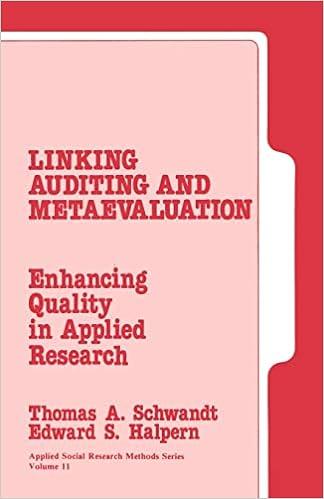Question
inventory Management You are a member of E.T. Electronics management team. The team is interested in adding a new product to the stores line of
inventory Management You are a member of E.T. Electronics management team. The team is interested in adding a new product to the stores line of products, a Japanese robot called Hirata. This robot is very popular in Japan and is expected to make its mark in the U.S. market. It is capable of receiving 50 commands and performing 200 functions. E.T. Electronics team expects to sell 1,000 units of Hirata during the upcoming year. The annual cost of carrying a Hirata robot in inventory is estimated to be $100, and the cost of placing a new order of the Hirata robot by sea from Japan is $250. E.T. Electronics team is also considering ordering the robot by air from Japan, a faster but more expensive route that will cost $350. 1. E.T. Electronics team is interested to know the optimal order size of the Hirata robots. You know that the optimal order size equals the square root of 2 multiplied by the annual sales (i.e., demand), multiplied by the ordering cost, and divided by the carrying cost. What is the optimal order size that E.T. Electronics team should place by sea or by air? 84 by sea, 71 by air 71 by sea, 90 by air 84 by sea, 90 by air 71 by sea, 84 by air 2. The management team also sought to determine how many orders it should place. You advise the team that the order number equals the annual sales (i.e., demand) divided by the number of units per order. If E.T. Electronics team is expecting to order either x amount of Hirata robots by sea or y amount of Hirata robots by air, then what is the number of orders that must be placed? 14 by sea, 12 by air 12 by sea, 14 by air 14 by sea, 11 by air 12 by sea, 11 by air 3. E.T. Electronics team is also interested to know the optimal time between orders. You inform the group that they need to divide the optimal order size by the annual sales (i.e., demand), and multiply the result by 365 to obtain the figure of their concern in days. How many days between orders should the team wait to make orders via sea or via air? 26 days by sea, 30 days by air 26 days by sea, 31 days by air 30 days by sea, 26 days by air 31 days by sea, 26 days by air 4. E.T. Electronics team members are happy with their progress, but they still need to figure out the inventory level at which they would need to place a replenishment order. You suggest that the reorder point quantity equals the demand rate multiplied by the average lead time. Using store data, you find that it takes two weeks to set up the production to make the Hirata robots. You also mention that the demand rate and the average lead time must be expressed for the same time period. Consequently, you divide the annual sales (i.e., demand) by the number of weeks in a year. What is the reorder point quantity for shipments? 45 robots 40 robots 38 robots 41 robots 5. E.T. Electronics team is interested in placing fewer orders per year and having more time between orders so that they can work on ordering other product items. Which method of ordering should they adopt? Order by sea Order by air
Step by Step Solution
There are 3 Steps involved in it
Step: 1

Get Instant Access to Expert-Tailored Solutions
See step-by-step solutions with expert insights and AI powered tools for academic success
Step: 2

Step: 3

Ace Your Homework with AI
Get the answers you need in no time with our AI-driven, step-by-step assistance
Get Started


